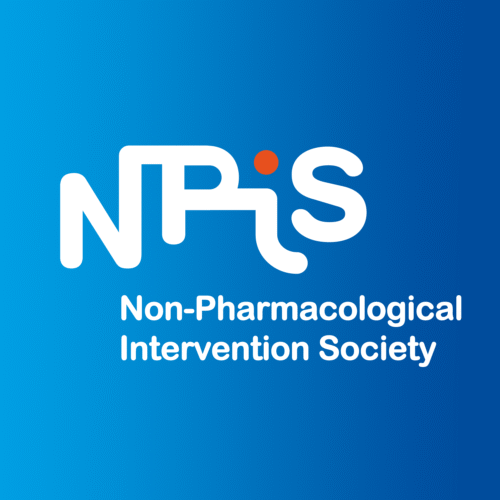Addressing health behaviors: a scalable and replicable evaluation method for digital NPI
Souhad BALLOUK, Vivoptim Solutions
Background
Non-communicable diseases account for nearly 90% of deaths in Europe and represent the continent’s most pressing health and economic challenge. Their progression, largely preventable through sustained behavioral change,continues to place increasing pressure on already strained healthcare systems. Despite the potential of non-pharmaceutical interventions (NPIs), most remain fragmented, short-term, and lack both long-term follow-up and economic validation, particularly in digital health.
Methods
We present one of the first clinically, technologically, and economically validated evaluation framework for long-term digital NPI in France.
The intervention combines a personalized digital platform with continuous support from certified health professionals, with no time constraints.
To assess the NPI’s effectiveness, a comprehensive evaluation methodology was co-developed with a scientific committee and independent health economists. It integrates :
• Clinical efficacy in compliance with the legislation
• Long-term behavioral outcomes (12 months)
• Economic efficiency across healthcare system dimensions (sick leave, health consumption…)
A pilot study (2015–2017) involving 15,000 participants led to peer-reviewed, validated results. Since its commercial launch in 2018, over 50,000 individuals were included, and access has expanded to 6 million people. This evaluation is based on anonymized real-world usage data.
Results
This evaluation demonstrates the feasibility of assessing the long-term economic and clinical impact of NPI:
• 72% maintained health improvements at 12 months.
• Savings: €13.6M for public insurers, €4M for private insurers, and €2.1M for employers.
• 25% of individuals at cardiovascular risk improved their risk level, twice the effectiveness of typical interventions. Additionally, 5% of overweight or obese users returned to a normal weight, regardless of initial goals.
To support transparency and reproducibility, results will be integrated into an open-access impact simulator (June 2025), initially covering type 2 diabetes, colorectal cancer, and stroke.
Conclusion
This initiative confirms the viability of a scalable economical evaluation method for long-term digital NPI. Further research should prioritize standardizing such frameworks.

